
The climes, they are a-changin’.
Depending on where you live, winters might be trending milder or chillier. Frost dates, once fairly accurate, are shifting. The arrival of fool’s spring wakes up our bulbs and fruit trees too early, only for the flowers to die back when cold temperatures return. Summer heat waves are so much deadlier now, running longer and hotter than before. For many places around the globe, 2022 was the year of drought.
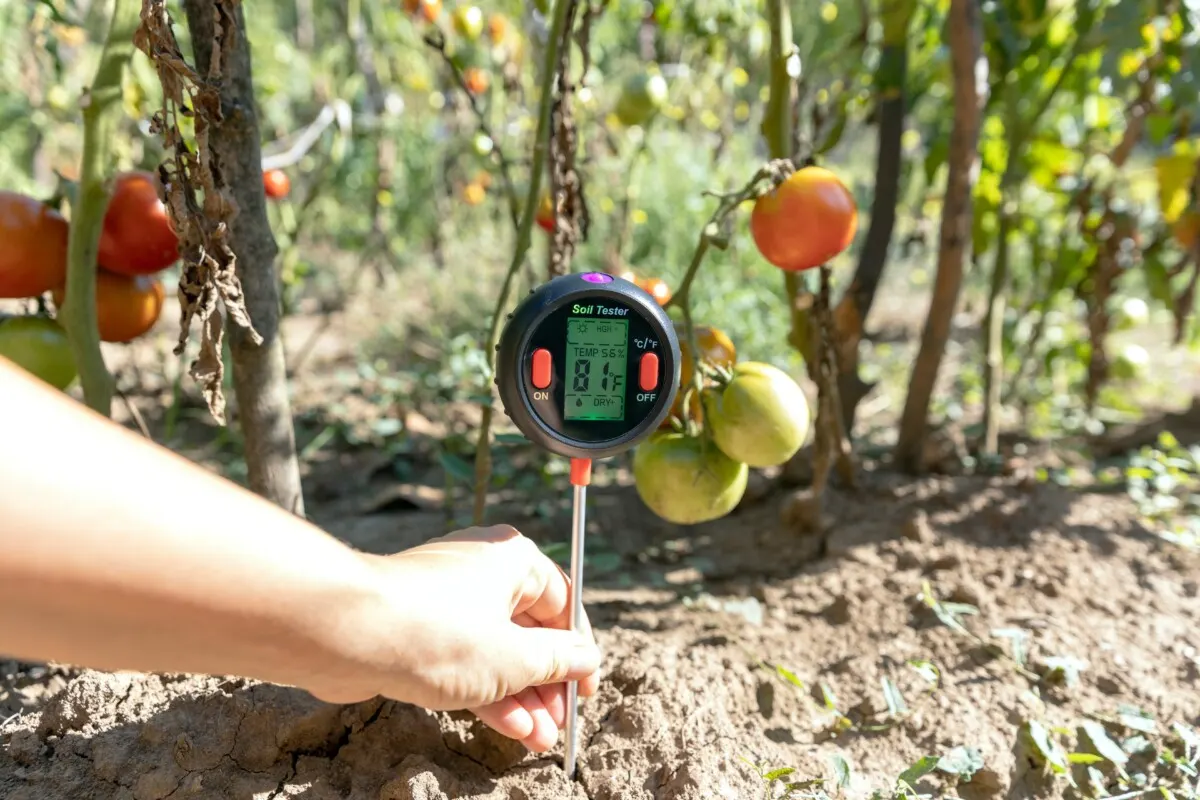
As gardeners, we tend to be more attuned to these changes as they play out before our eyes in the vegetable patch. The decline of pollinators has us planting more wildflower gardens and setting up bee watering stations. We must always be on guard against an uptick of invasive pests and diseases. Then there are those long sweltering days of road-melting heat with little rainfall, where any watering you do seems to evaporate before it can seep into the soil.
This new era of gardening sure adds another level of challenge, but there’s a lot we can do to beef up our gardens and make them more resilient during abnormally dry bouts.
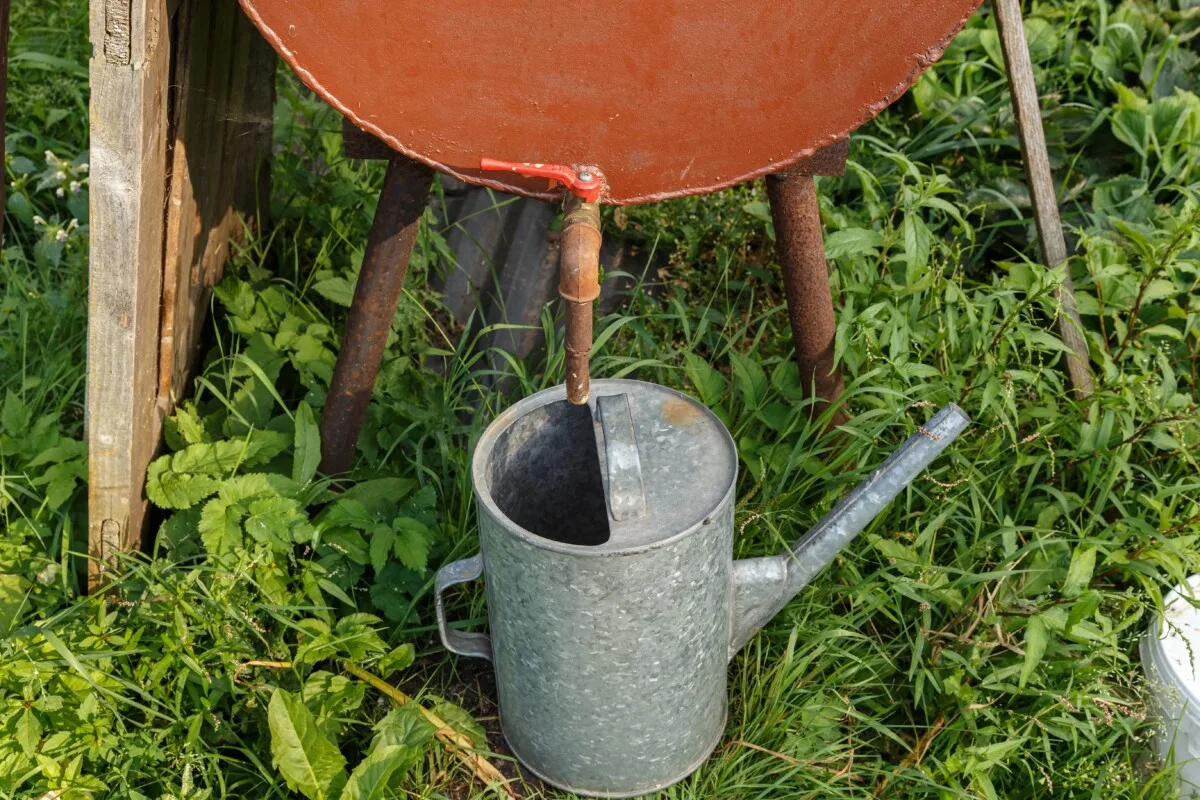
Installing a rain barrel, planting up a rain garden, and growing hedgerows as windbreaks are a few things that will shore up your defenses against drought.
Another simple way to be more water-wise is by carefully selecting the produce you’ll be growing for the coming season. Choosing drought-tolerant crops is a smart hedge against the dry times (and potential water restrictions) since these plants can easily forgo a few watering sessions without skipping a beat.
75 Drought-Resistant Crops & Cultivars to Grow
Drought-tolerant plants have special adaptations that allow them to stay healthy and green during dry spells as other crops begin to fade.
Tougher than most, they can put up with longer periods of low water supply thanks to having deeper root systems, specialized leaves that stop moisture loss, or built-in water storage. They not only tolerate drought – these plants conserve moisture better and bounce back quicker.
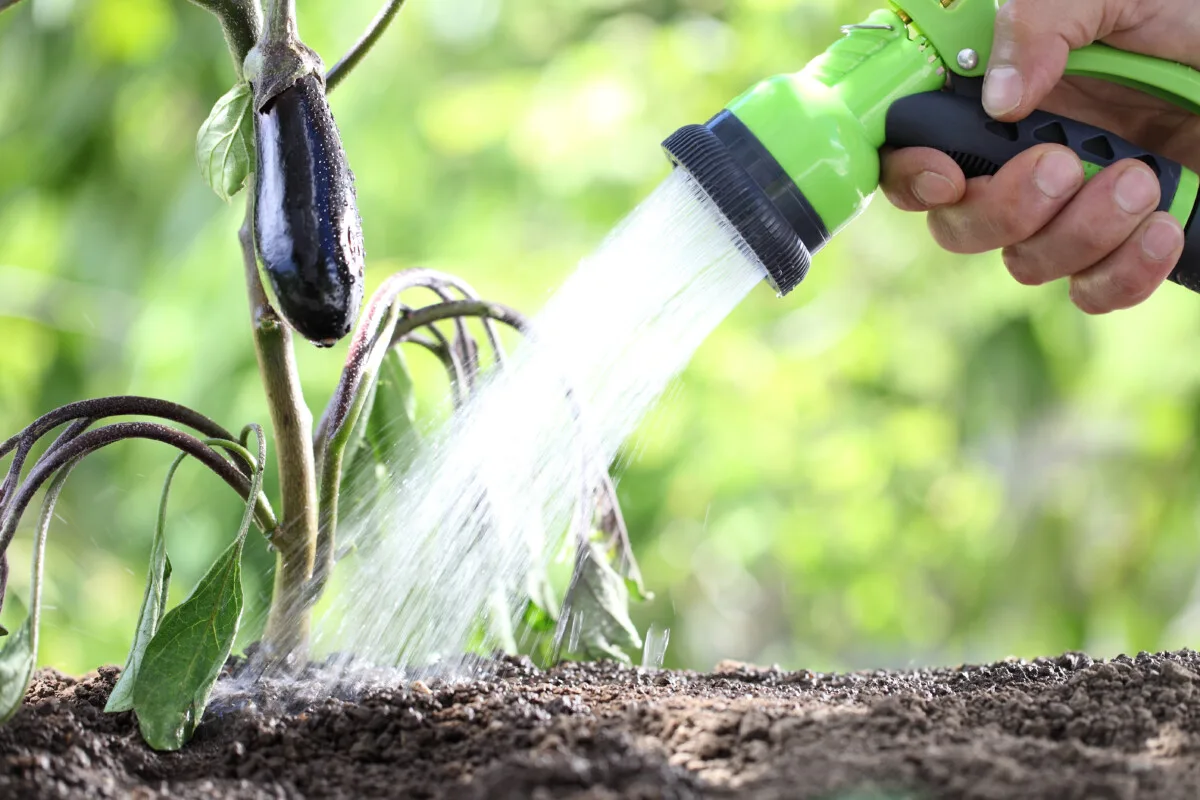
There are thousands of varieties within the standard fruit and veggie families in cultivation all around the world, so this list is by no means complete. Some of the fruits and vegetables cultivars below are hybrids that were bred to need less water, but the vast majority are heirlooms that evolved to grow in hot and dry environments.
When shopping the seed catalogs and plant nurseries this spring, keep your eyes peeled for plants labeled “drought tolerant” and “drought resistant”.
Also, look for heirloom varieties that hail from dry places (deserts, mountainous regions, and semi-arid climates like the Mediterranean – for instance), as these cultivars will have a very good chance of being less water-intensive.
Amaranth:
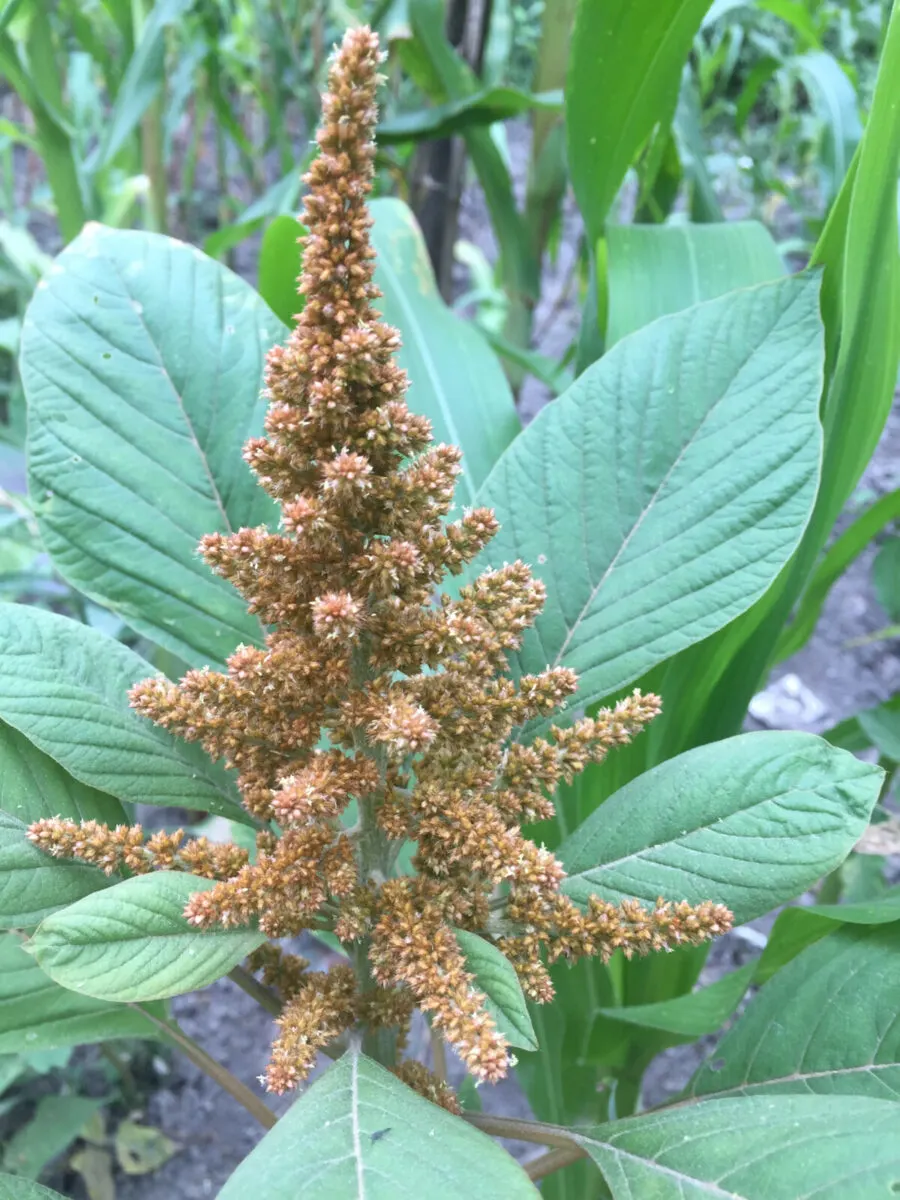
- Aurelia’s Verde
- Dreadlocks
- Elena’s Rojo
- Golden Giant
- Green Calaloo
- Hopi Red Dye
Cabbage:
- Brunswick Sauerkraut
Chard:
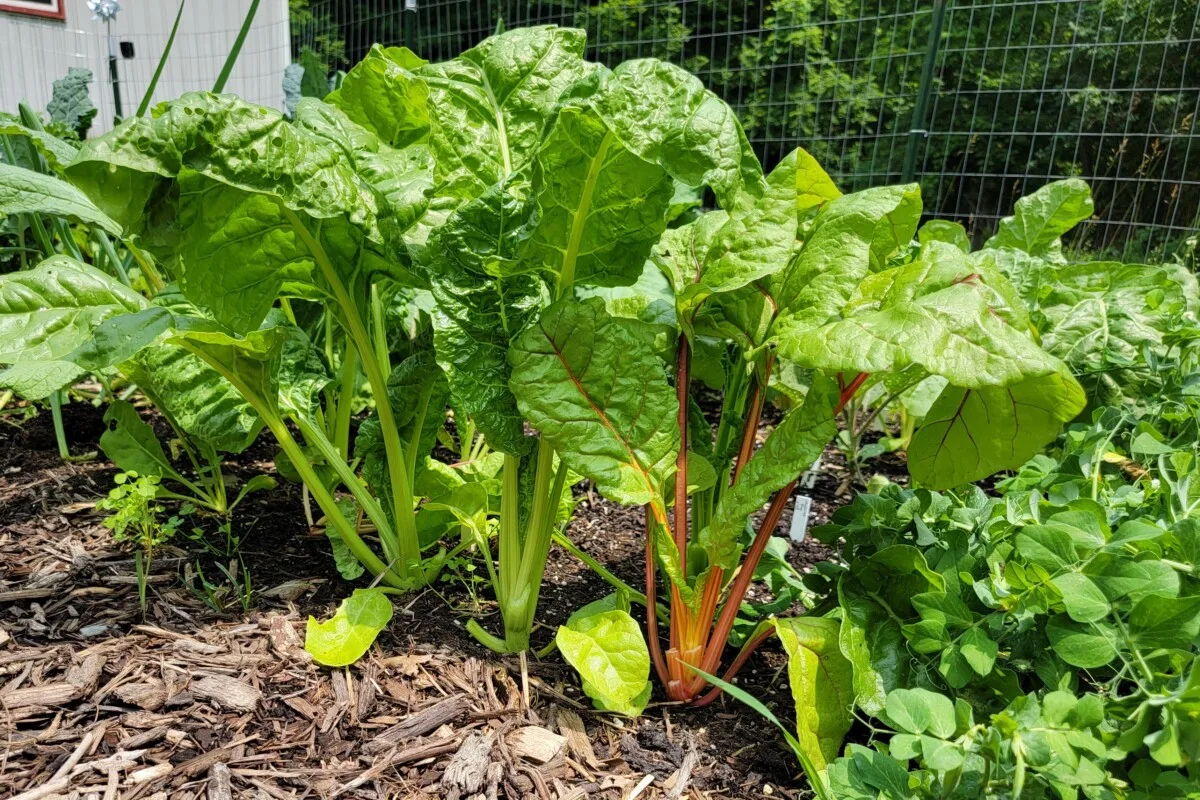
- Bright Lights
- Fordhook Giant
- Ruby Red
Corn:
- Anasazi Sweet
- Hopi Blue
- Hopi Pink
- Painted Mountain Flour
- Silver Queen Hybrid Sweet
Cucumber:
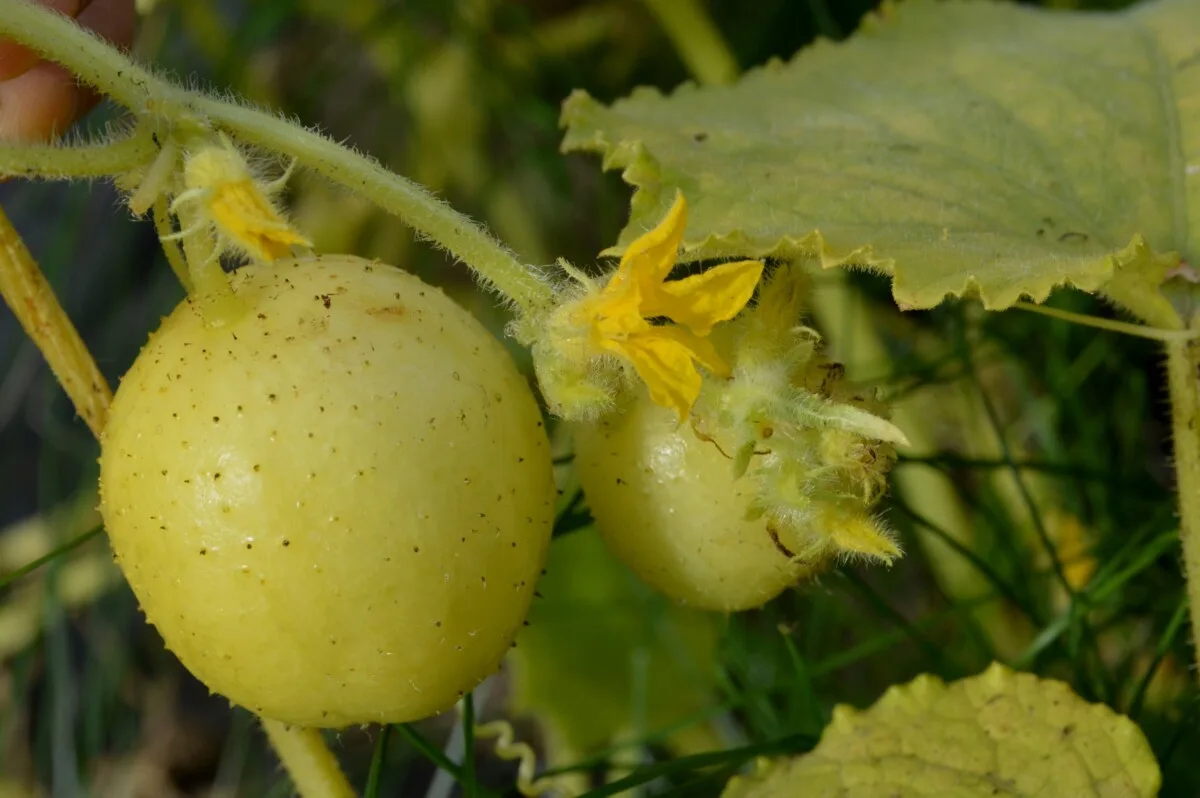
- Armenian
- Lemon
Eggplant:
- Gboma or Gbogname
- Listada de Gandia
Lima Beans:
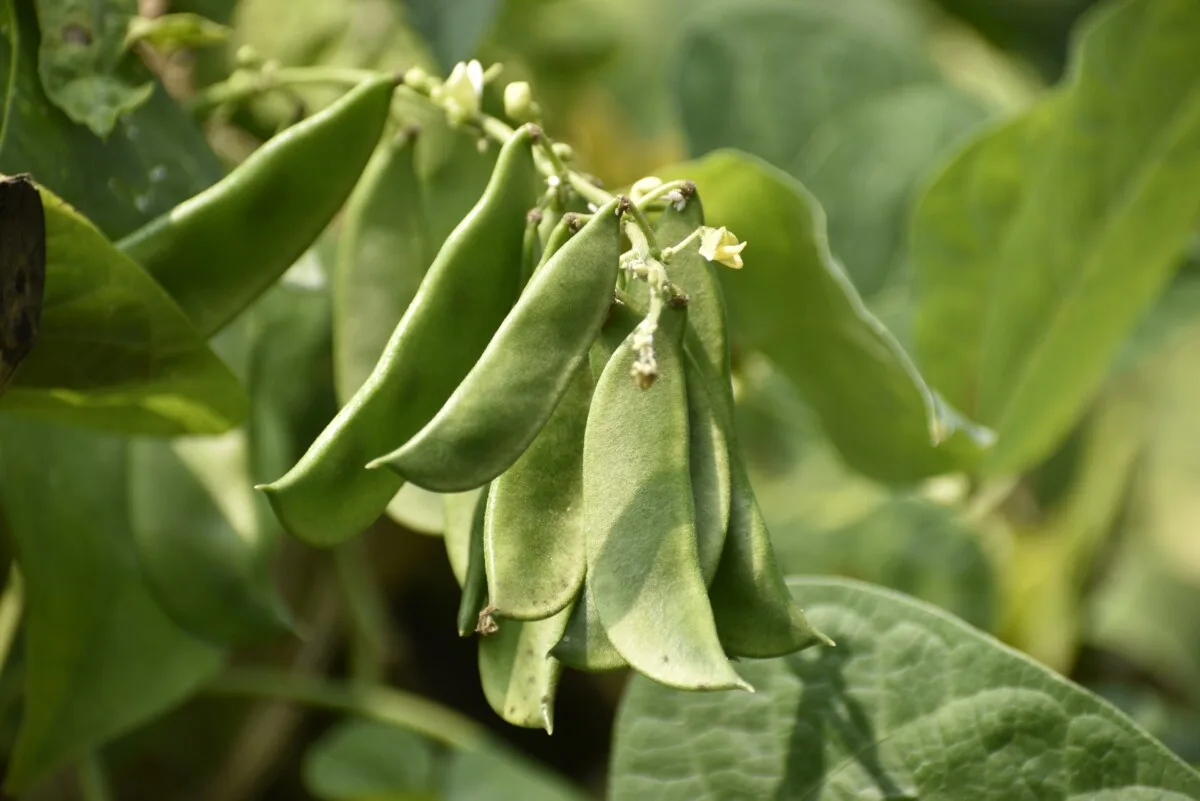
- Alabama Blackeyed Butterbean
- Fordhook 242
- Jackson Wonder
- Pima Orange
- Willow Leaf
Mustard:
- Tendergreen
Okra:
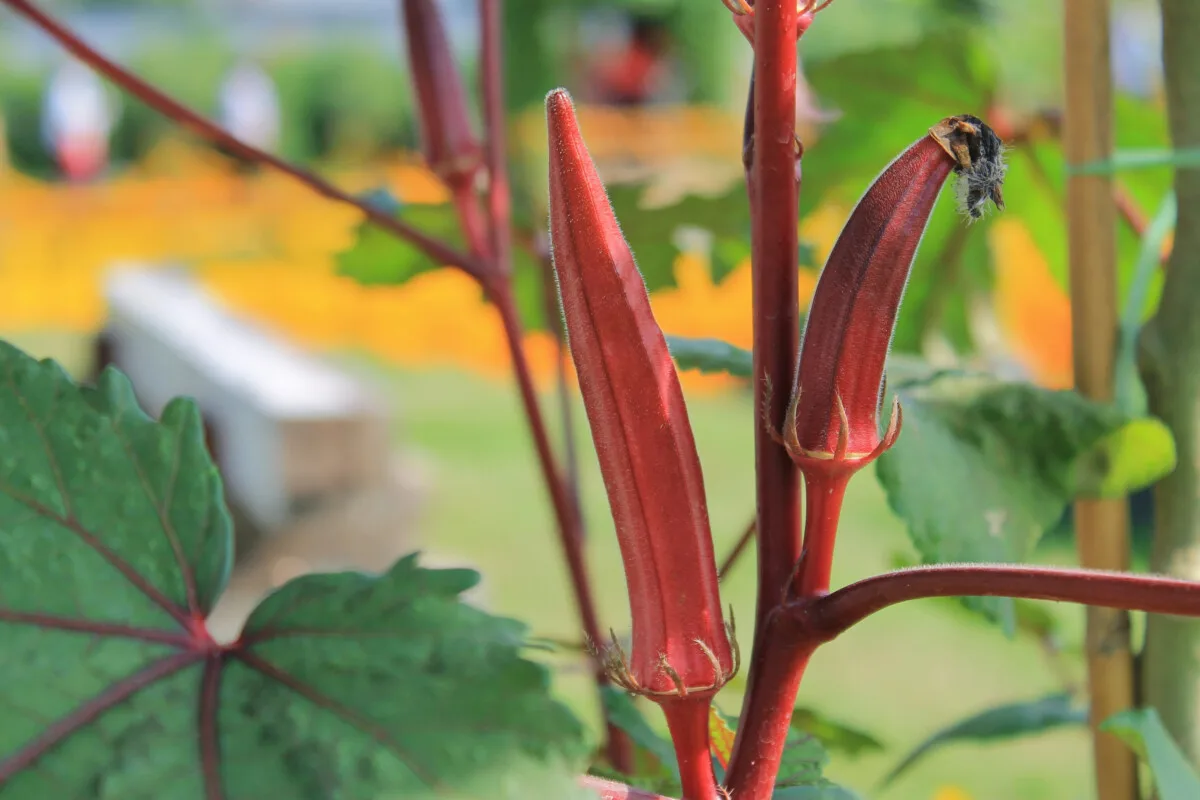
- Alabama Red
- Burmese
- Gold Coast
- Jing Orange
- Motherland
Peppers:
- Jupiter Sweet Bell
- NuMex Easter Hot
- Ordoño Chile
Pole Beans:
- Blue Coco
- Burpee’s Stringless
- Mbombo Green
- McCaslan Snap
- Rattlesnake
Legumes:
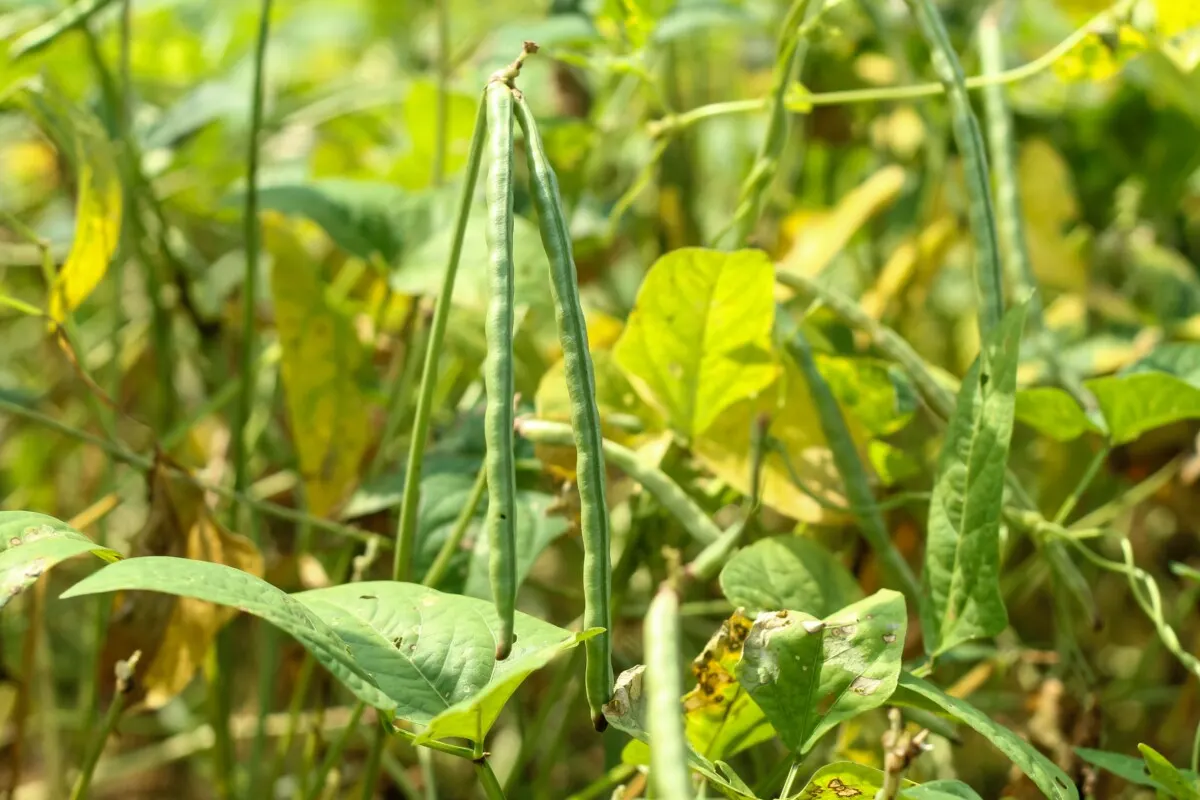
- Cowpeas
- Moth beans
- Tepary beans
Melons:
- Iroquois
- Navajo Yellow
Spinach:
- Bokoboko
Squash:
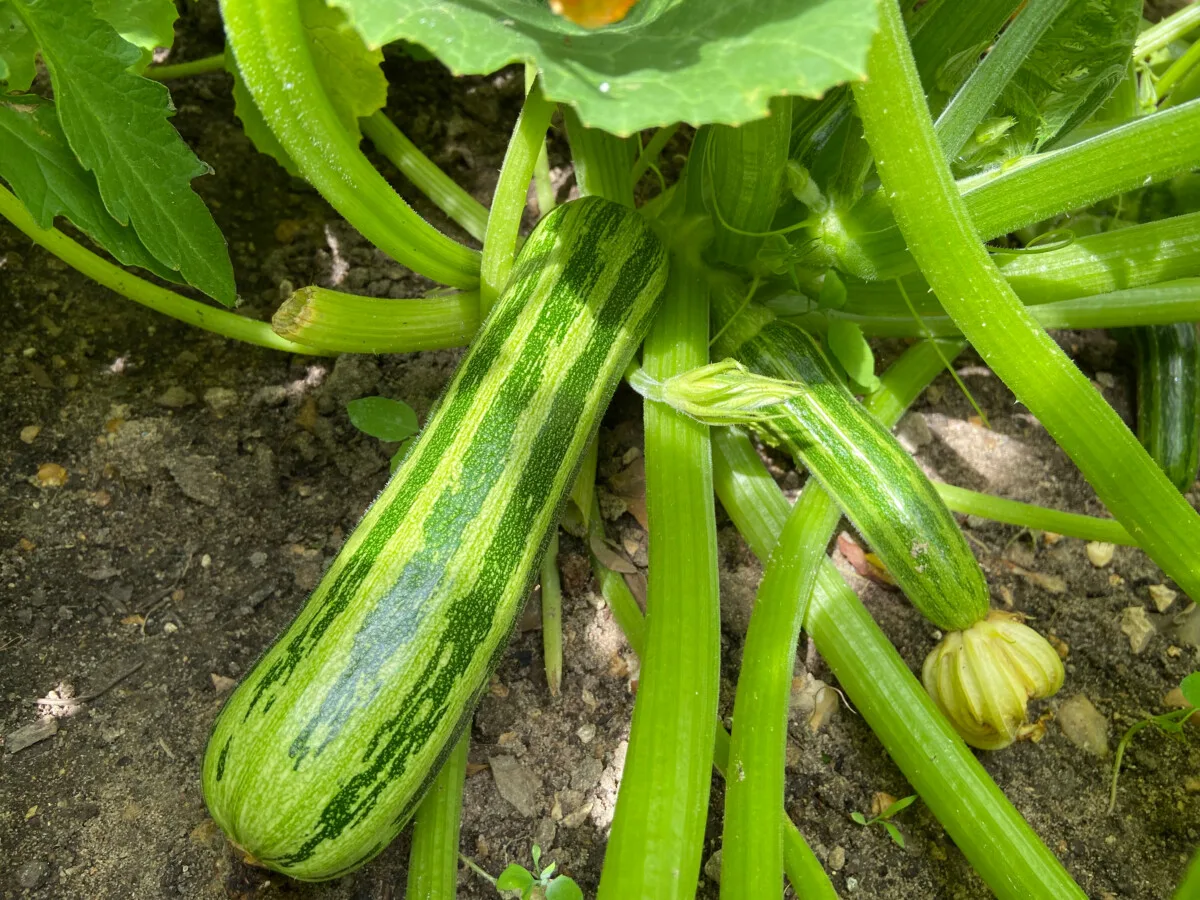
- Cocozelle Zucchini
- Costata Romanesco
- Dark Star Zucchini
- Jumbo Pink Banana
- Lebanese Light Green
- Uchiki Kuri
Tomato:
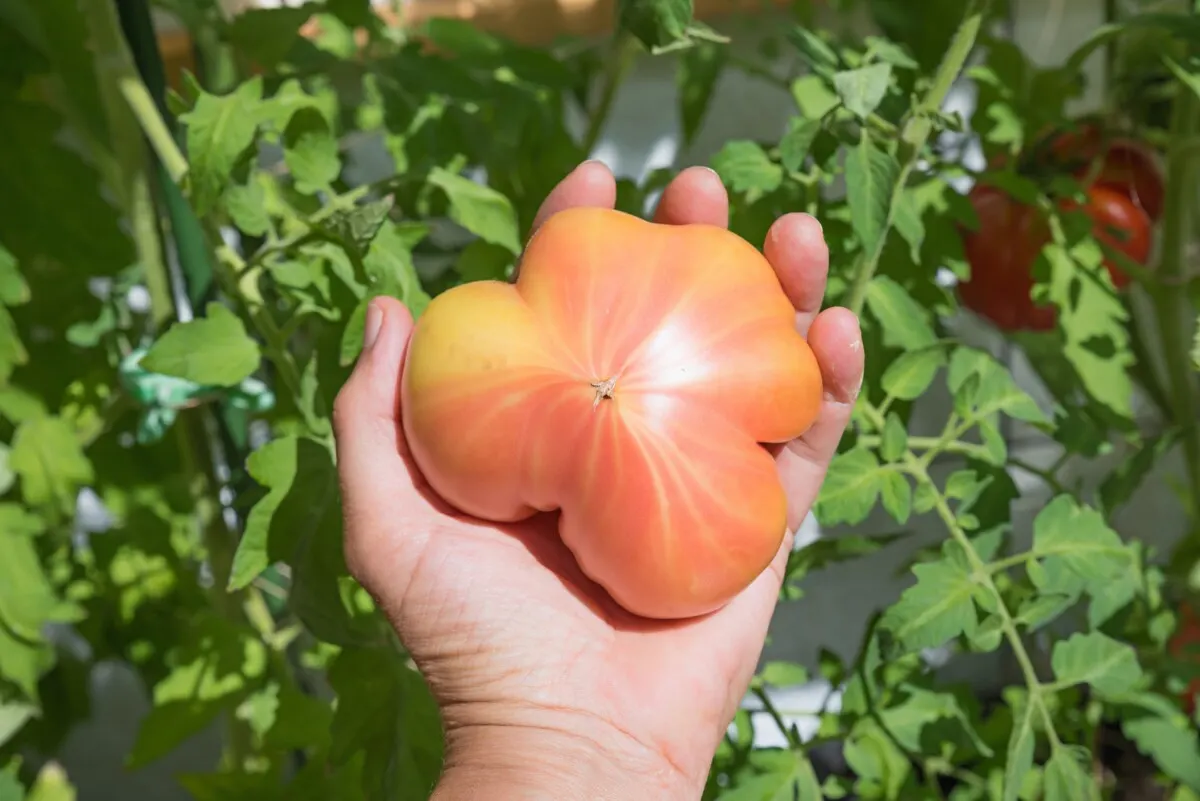
- Caro Rich
- Pearson
- Pineapple
- Stone
- Yellow Pear Cherry
Watermelon:
- Art Combe’s Ancient
- Black Diamond
- Moon & Stars Yellow
- Sugar Baby
Herbs:
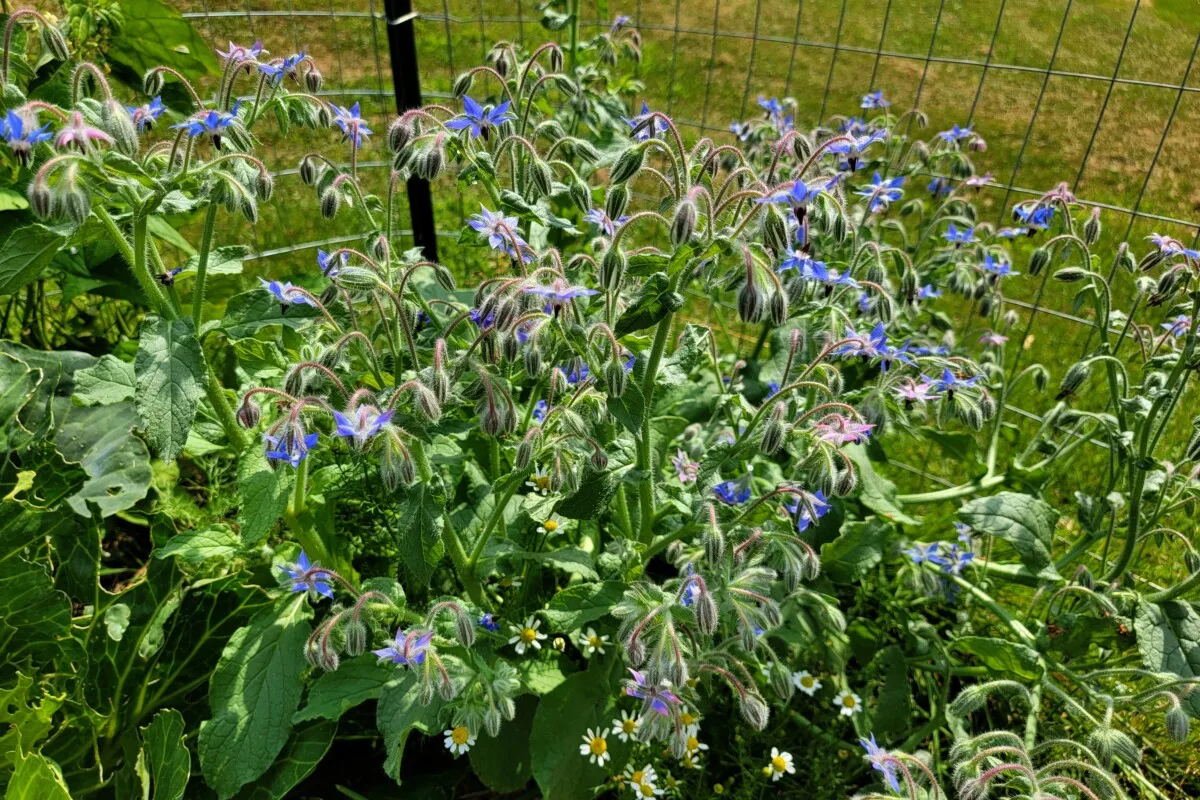
- Borage
- Catnip
- Chives
- Hyssop
- Lavender
- Oregano
- Rosemary
- Sage
- Sweet Marjoram
- Thyme
Perennials:
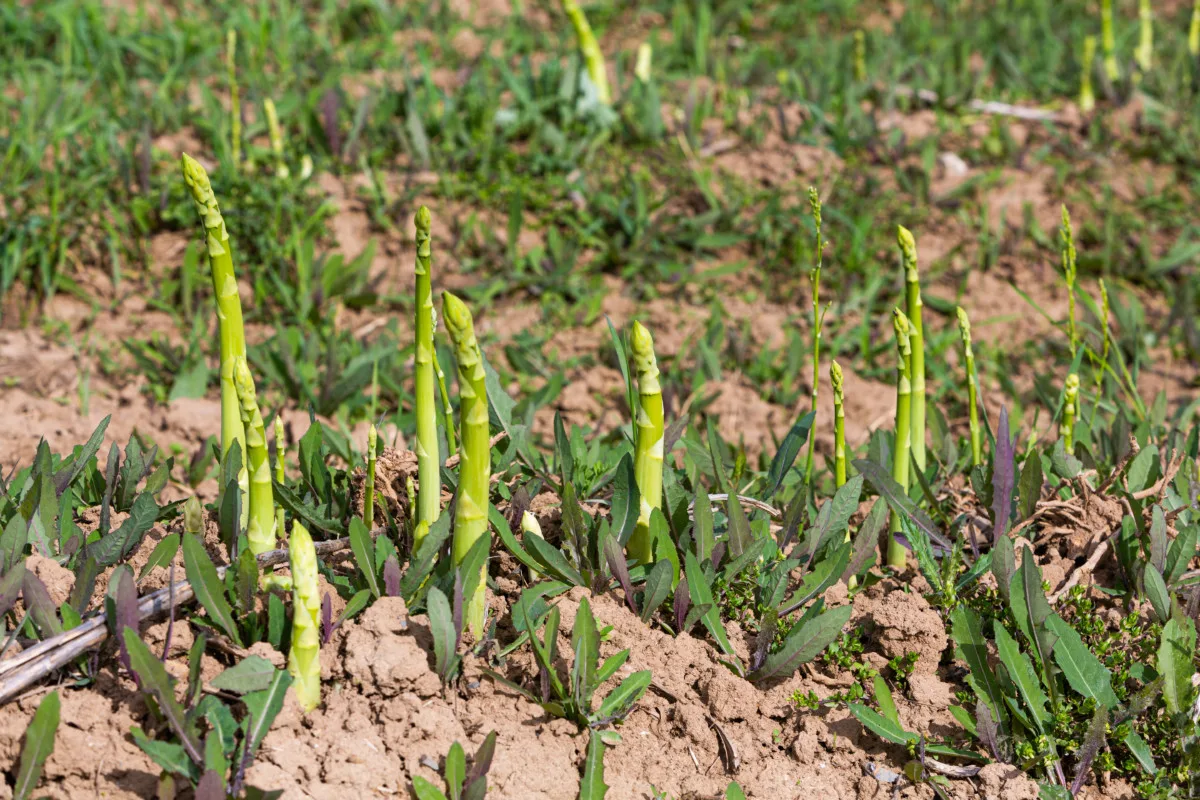
- Artichoke
- Asparagus
- Goji Berry
- Grapes
- Orach
- Rhubarb
Tips for Conserving Water in the Garden During Drought
Drought-tolerant crops will certainly shrug off a week or two without water, but that’s not to say they won’t become irked by a low water supply eventually. Although they are tougher and hardier than your average vegetable, they will still need adequate moisture to be at their best and most productive.
Here are some quick tips for keeping your garden efficiently hydrated when there hasn’t been a drop of rain for weeks:
Organic matter – like compost – holds onto moisture better than sandy, silty, clay soils.
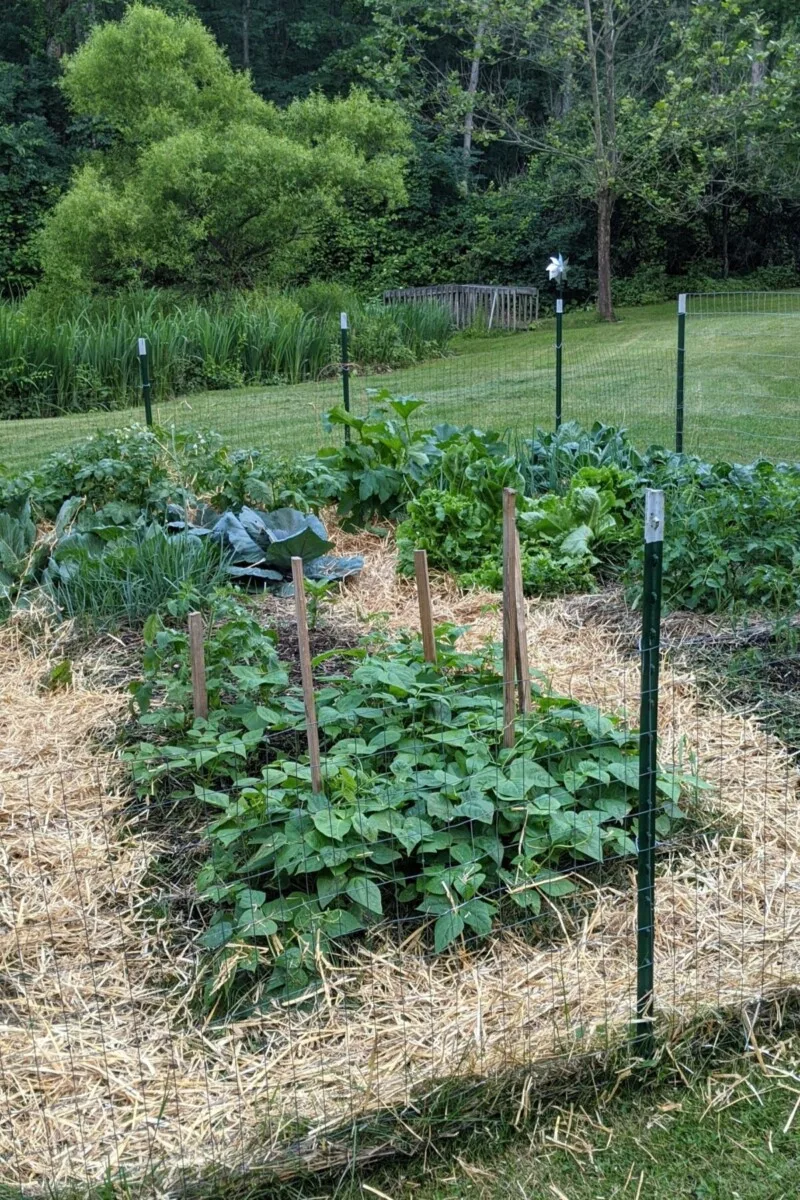
Top your vegetable beds with a generous layer of mulch to slow down evaporation.
Irrigate between the cooler hours of 9 pm and 6 am so water can seep deeper into the soil.
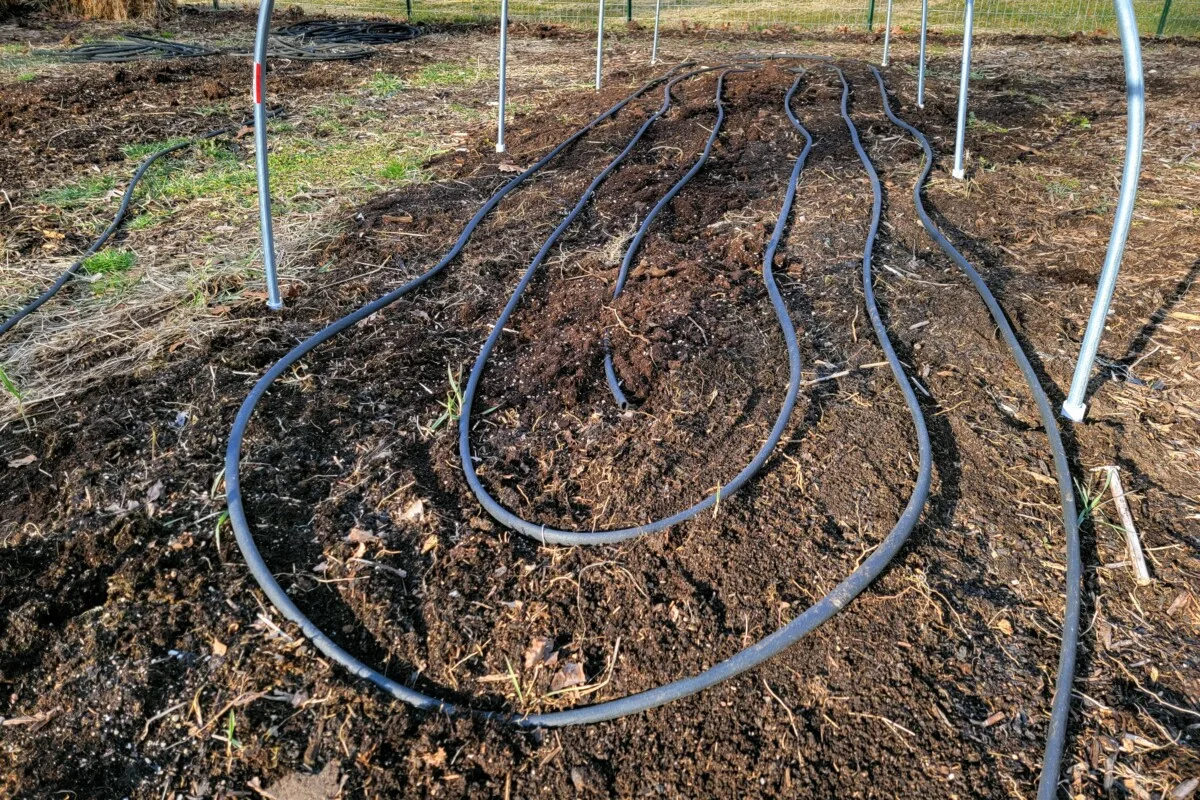
Install a drip irrigation system to water slow and low.
In container gardens, watering from the bottom saves on water and supplies moisture directly to the roots.
Use companion planting techniques, like the three sisters, to simultaneously shade the soil and create a living mulch.
Keep your veggie plot weed-free, as they will compete with your crops for water.
On the hottest days, consider using a shade cloth to prevent the upper layers of soil from drying out.
Group plants by watering requirement – keep your water lovers together and apart from your drought-tolerant crops.

Get the famous Rural Sprout newsletter delivered to your inbox.
Including Sunday musings from our editor, Tracey, as well as “What’s Up Wednesday” our roundup of what’s in season and new article updates and alerts.

